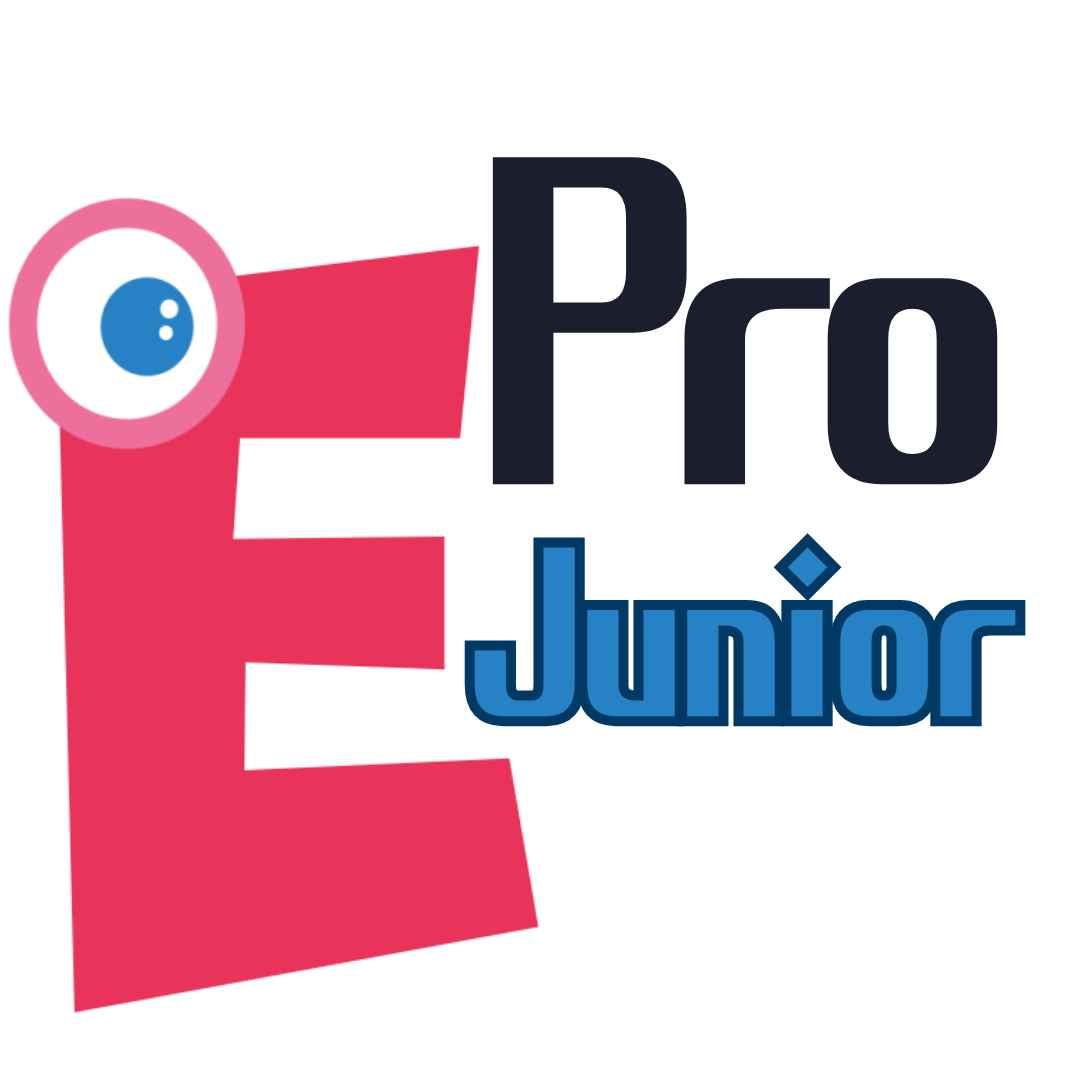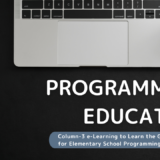In the past few years, programming materials for children have evolved rapidly. Numerous languages and numerous teaching materials exist, and new ones are still being created. Moreover, most of them are available for free for personal use. There are materials suitable for different age groups, with the younger ones allowing children from toddlers to learn programming in a playful way.
ScratchJr (Scratch Junior) is a visual programming language targeted at 5-7 year olds and developed to fit children’s cognitive, emotional, and social growth. Young children can create games and digital picture books, and in the process learn programming basics such as control, conditional branching, messages, and serial and parallel processing.
There are other recommended materials for early elementary school students. Viscuit and Springin’, both born in Japan.
Viscuit uses a system called “glasses” to create games, digital picture books, and more. It works well with animation and puzzle games.
Springin’ allows users to set up item and scene attributes to create games and picture books that combine picture x sound x movement. It is also possible to create high-level works like smartphone games.
What the two teaching materials have in common is the ability to give form to one’s ideas as software. The ability to develop intangible objects such as software is not something that people are born with, but requires learning and experience. Even if the means of giving form to ideas are different, this experience will be useful in the future.
For middle school students and above, I would recommend Scratch, a visual programming language targeted at 8- to 16-year-olds that also has a community site where you can share your creations with people around the world. It can be used to create fairly complex and advanced games and apps, and some children use cloud variables to create online games.
The number of registered users worldwide exceeds 90 million, and the site has been used in the first computer science class at Harvard University. The number of users in Japan is 1.47%, or 1.25 million, which I personally find disappointing. The number of users is still increasing by several hundred per month, and I expect that in the near future there will be consumer electronics and software on the market that can be customized with Scratch-based language as well as for learning purposes.
For children for whom Scratch is still too difficult, we would also like to introduce the programming learning platform MakeCode for micro:bit and MakeCode Arcade. They make it relatively easy to create robots, retro games, etc. using computer boards.
Of course, the materials introduced here can be used by adults as well. If you have not used them yet, why not start?
ScratchJr: Tablet/Chromebook compatible, free
Viscuit: PC/Tablet/Chromebook compatible, free (cookie service in the classroom is available for a fee)
Springin’: Tablet/Chromebook compatible, free (Springin’ Classroom is available for a fee).
Scratch: PC/Tablet/Chromebook compatible, free
MakeCode: PC/Tablet/Chromebook compatible, free
 eJr Programming
eJr Programming 


